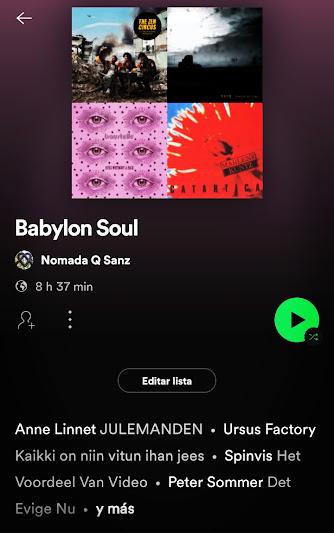Surrealism as an artistic current since its appearance coinciding with the dawn of the twentieth century, was already postulated as an expressive movement that transcended the purely aesthetic. Apart from having an evident connotation from its beginnings.
That linked it to a greater or lesser extent with the exploration of the unconscious, having therefore something more than a flirtation with the Vienna school and psychoanalysis, as a practice that in some way established the basis for describing the exploration of our oneiric universe. A nuance referred to by Andre Breton in his famous Surrealist Manifesto.
It also had an interpretation or capacity so that many of the works could lend themselves to analysis or political-social readings, of which apart from their allegorical capacity. They became a chronicle of the episodes and events that we witnessed as individuals.
Describing with more or less fortune the patterns of behavior, that both in individual and collective terms we were acquiring. Opening highly suggestive debates in ethno-anthropological terms regarding our standards of behavior as human beings.
Within the prolific work of the artist Alex Gross, resident in the Californian city of Los Angeles, there is a tendency to apply this analytical approach. Exercise through which he makes us an inventory of an individualized society.
Based on the value of consumption and aesthetic values that atomizes the behavior of the individual, presenting him as a zombie illuminated by the religion of POP culture. Whose artistic component makes an appearance not only at the time of adding.
READ IT IN SPANISH: Alex Gross, La ilusión POP de un futuro cancelado
Elements and objects belonging to the digital era, making continuous references to the increasingly pervasive technology and the excess of information. Transmitted in loop by the doctrine of the unique thought. Where temptation is represented by the head of the hydra that divides and multiplies, projecting from its eye sockets.
Commercial brands alternate with icons of popular culture, and political figures that have marked an era, in compositions where surrealist, pop and figurative elements cohabit.




















.jpg)








.jpg)

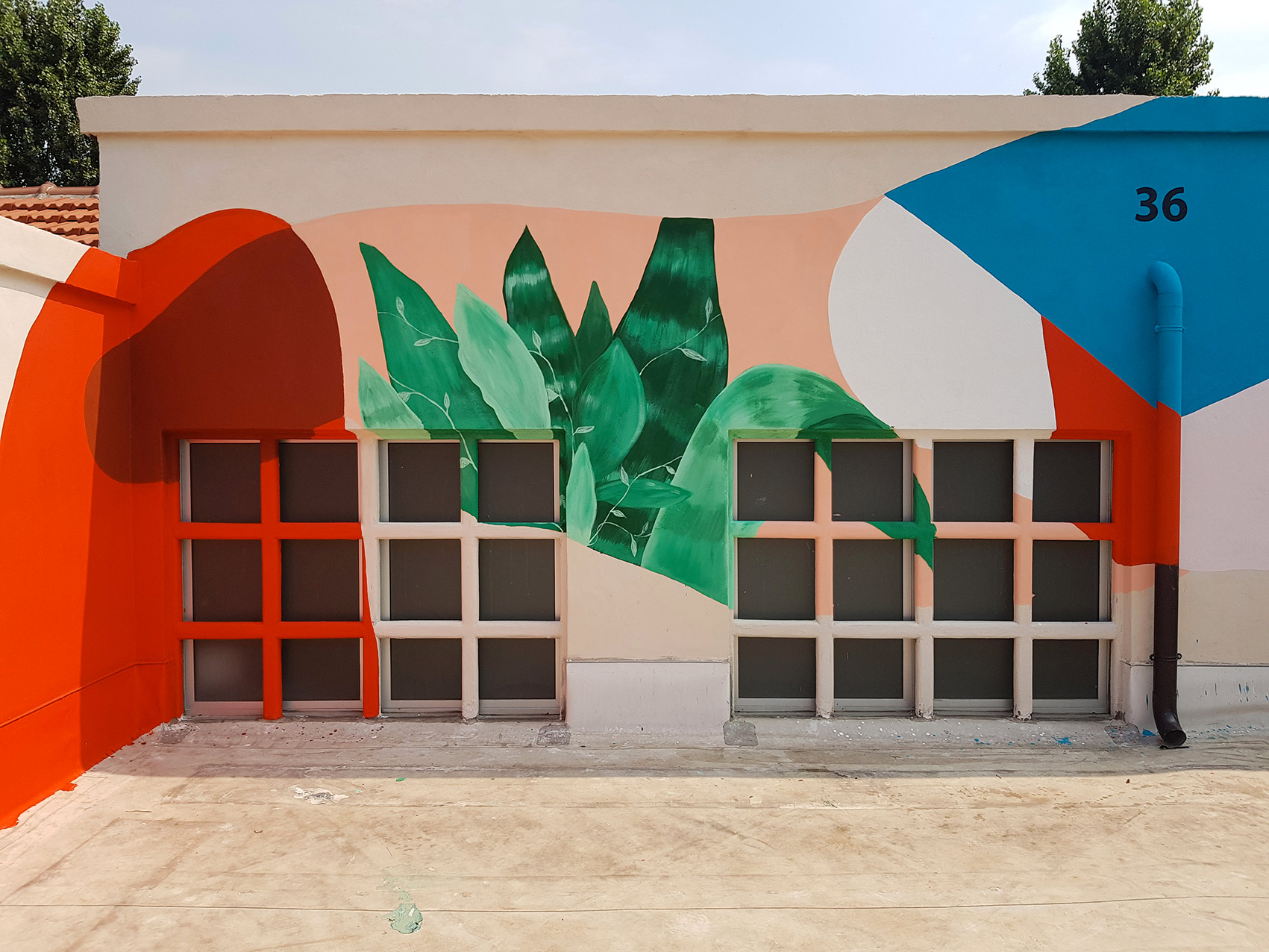


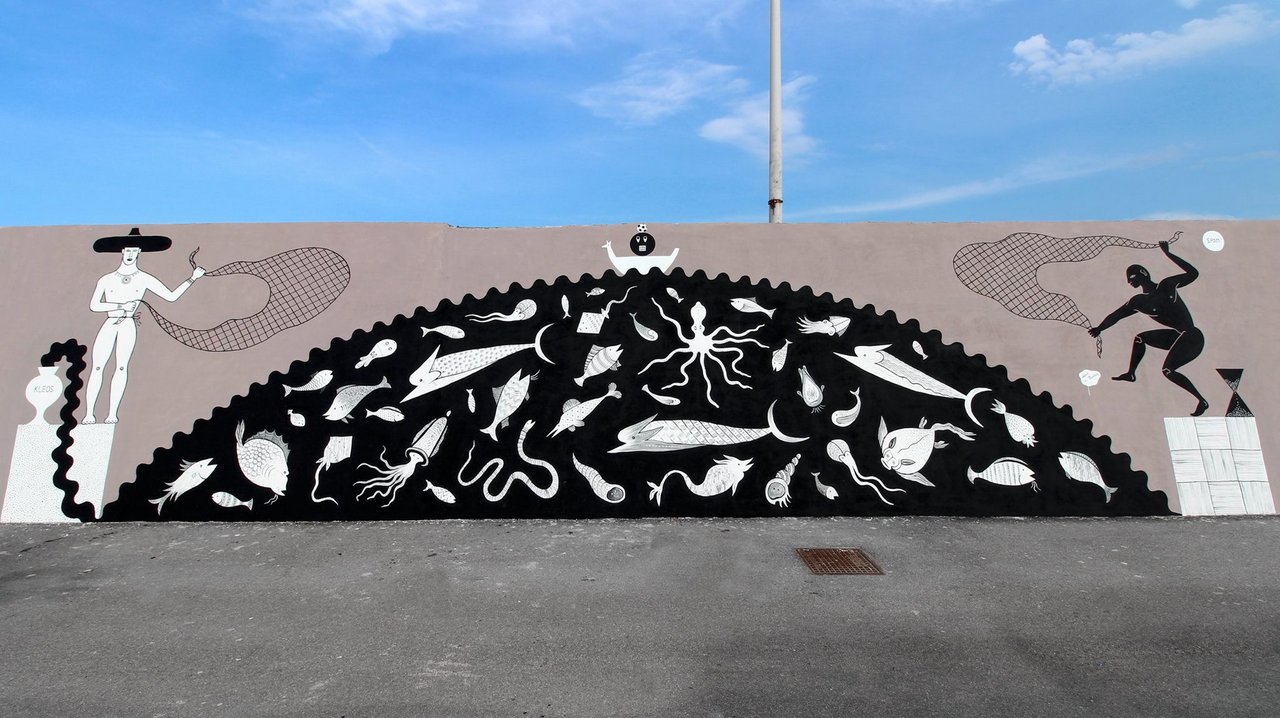
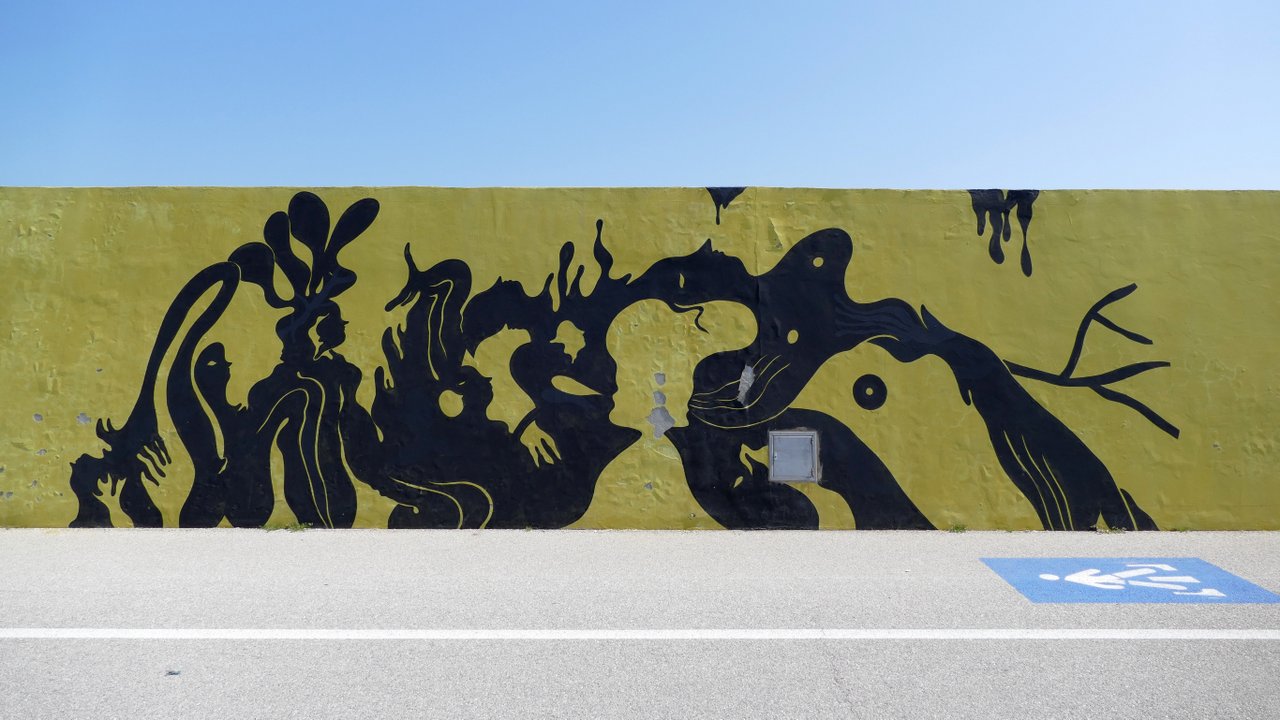

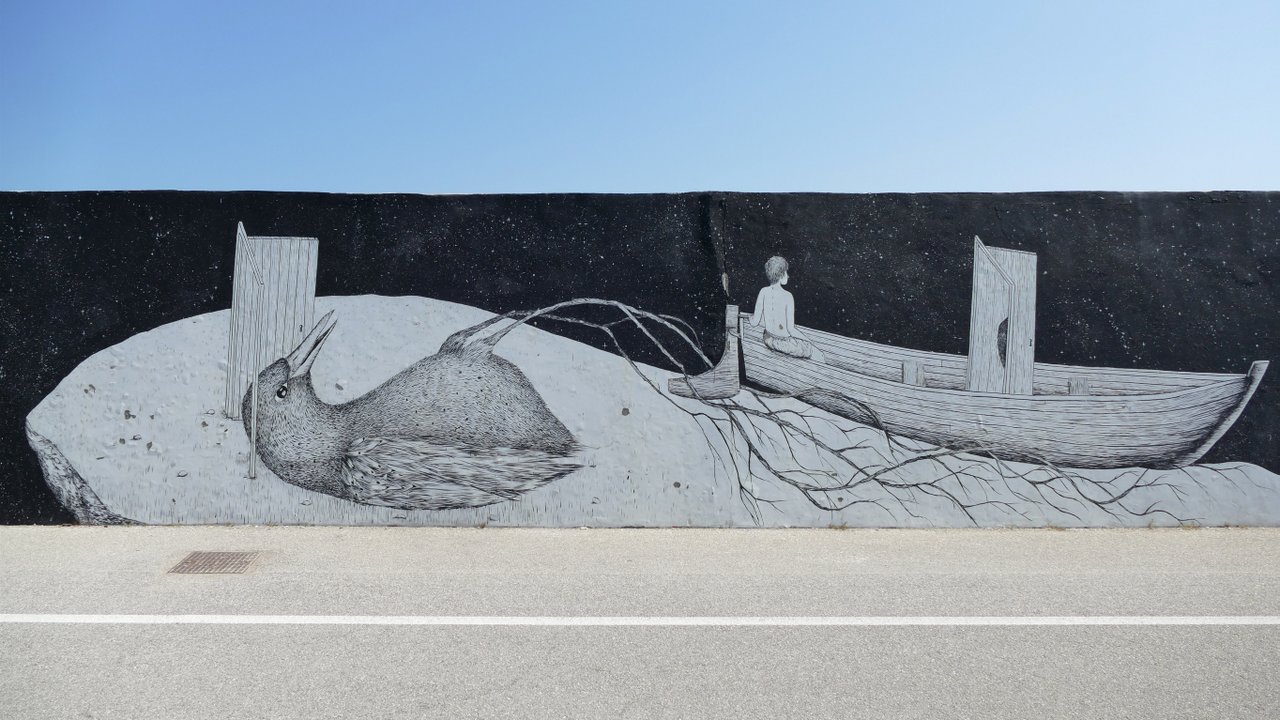








_edit_188822180547080.png)
_edit_8099193296908.jpg)















